Development of research platforms
Development of platform for realizing physical interaction with others
Socio-synergistic intelligent group explores principles to designinteractive robots and mechanisms of human social development through a development of humanoid robots which have humanlike body, control system, and perceptual system. In order to simulate the developmental process of humanoid robot, other person’s help is necessary to aid the development, just as in childhood. It is, therefore, necessary to develop a robot which is able to elicit others’ help and to interact safely and tightly with a person in many ways, such as “help the robot stand up by holding it” and “teach a body motion by directly moving its limbs.” In other words, it is necessary that assistive behaviors of human helpers naturally appear during the developmental process of the robot’s behaviors. This requires the following characteristics (figure 1).
- Actuators mounted on the whole-body to produce human-like movement.
- Multimodal sensors including tactile sensors throughout the body to
realize various interactions with people. - Flexibly controlled joints for close interaction with people.
- A soft skin on the entire body to realize close interaction with people
and to elicit people’s interaction. - A child-like appearance and a child-sized body to elicit
interaction.
We have designed and built a novel humanoid robot CB2 (Child-robot with Biomimetic Body) that satisfies the above requirements (figure 2) [Ishiguro2011a]. It is about 130cm high and has a human-like appearance similar to a child. It has flexibly controlled joints thanks to pneumatic actuators and a soft body in soft silicone skin. The total of fifty-six actuators embedded in the whole-body enable dynamic whole-body movements. It has about two hundreds tactile sensors on the entire body as well as two cameras and two microphones.
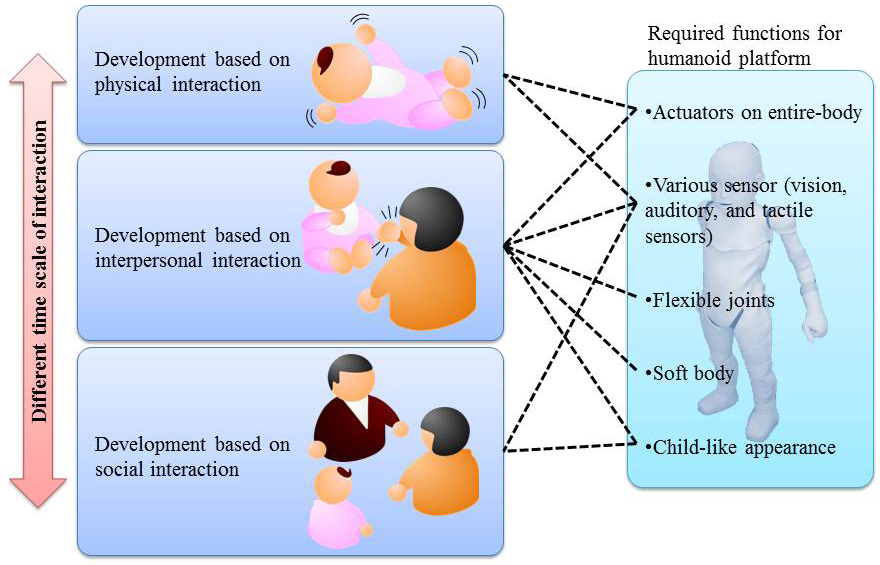
Fig. 1 Design policy of research platforms for studying social cognitive development
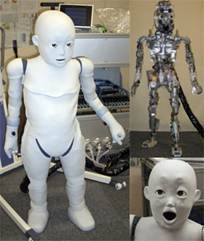
Fig. 2 The developed humanoid robot CB2
We have also developed a system to control CB2 in which the information processing on the visual, auditory, and tactile sensations and the human motion recognition with a motion capture device are distributed across multiple computers
[Minato08f]. In addition, we have developed a method to generate human-like motions and responses in android robots including CB2. Some demonstrations to show the performance of the developed system were designed and showed its potentials as a platform for our studies. For example, the demonstration in which a person helps up the infant android CB2 showed a possibility to study the developmental process of infants involved other’s (especially caregiver’s) help using CB2. We have also shown the demonstration of CB2‘s behaviors with visual, auditory, and tactile sensations. This demonstration showed that it can be a platform to study the developmental mechanism of infant’s capability to synchronize him/her with
other person, which underlies the infant’s development of multi-modal communication. The press release of CB2 appealed the significance of our research project to not only domestic but also foreign people (we had press coverages of eight newspapers and three TV programs at the day of press release). We have used CB2 to study, for example, the self-other distinction on a humanoid robot having whole-body tactile sensor and the learning of dynamic motion of a humanoid robot by a person’s physical help.
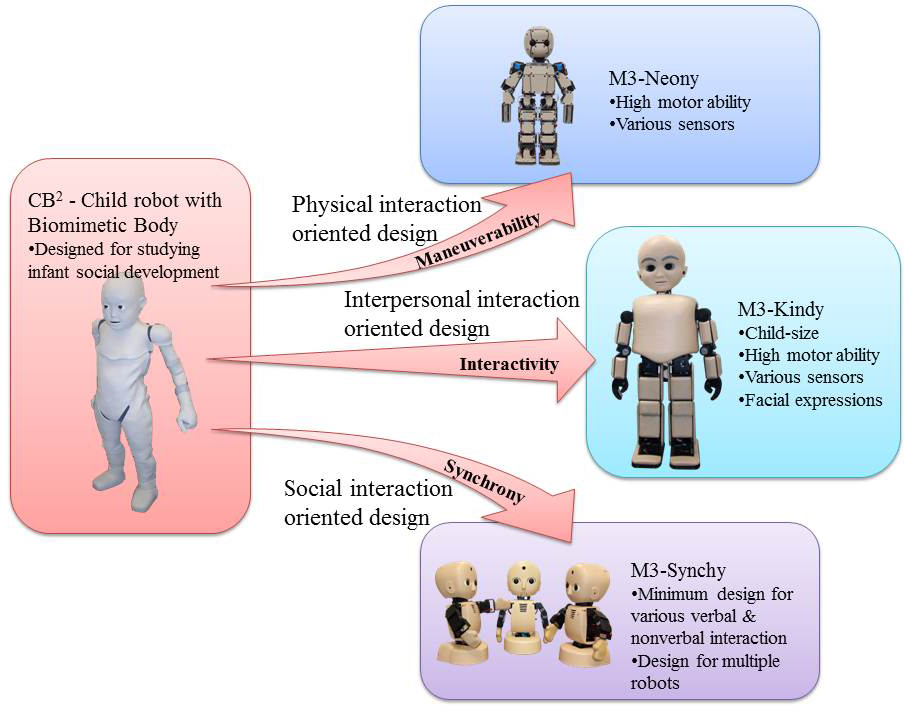
Fig. 3 The flow of the development of research platforms
CB2 is a problem-finding oriented platform in that it can interact with environments and other people in various manners. But it has two main weaknesses: one is restricted motor performance and the other is low maintainability. The pneumatic actuator system adopted in CB2 has difficulty in control. For example, precise trajectory tracking is difficult to implement because of the inherent strong nonlinearity (especially a large control dead time). In addition, it cannot stand up and walk without person’s support, and it is not a self-contained system, which prevents it from moving around. This fact limits a study of motor developmental process. Additionally, the low maintainability prevents it from being standard research platform for cognitive developmental studies. It is important to develop a user-friendly humanoid platform to strengthen collaborations among researchers of human science such as psychology, cognitive science, and brain science and robotics and to encourage the studies with synthetic approaches with the humanoid robots. We then have developed standard platforms which can cover the studies in which CB2 is not suitable to be used. They are M3-Neony, M3-Kindy, and M3-Synchy that are designed oriented to Physical, Interpersonal, and Social interactions, respectively (figure 3) [Ishiguro2011a]. The press release of M3-series has introduced them to researchers in wide are of studies.
For studies of infant development including physical interaction such as motor learning by exploring motions, the maneuverability of the robot is expressly important. M3-Neony (figure 4) is a physical interaction oriented platform, of which the
maneuverability is improved by adopting servomotors on the entire body. The size is almost same as that of newborn baby (approx. 50cm and 3.5 Kg). It is a self-standing robot that has two cameras (30M pixels) and two microphones on the head, 90 tactile sensors (figure 4) on the entire body, a posture sensor and a CPU (x86 compatible Geode LX800 / CS5536 500MHz, 400MBRAM) in the trunk. The small humanoid body and whole-body tactile sensor make M3-Neony be a unique research platform. The maneuverability is improved thanks to the servomotors on the entire body (totally twenty-two motors as shown in figure 5) compared with CB2. The small body is robust, for example, it has enough tolerance for falling down. The powerful servomotors (max. torque 41 kgfcm) enables its dynamic whole-body movements such as turning over, crawling, and walking (figure 6). Thanks to these features, it is suitable for implementing a learning of dynamic whole-body movement based on behaviors such as motor babbling. We have studied a learning of whole-body movements of a humanoid robot based on biased random walk mechanism, which is an example of implementing exploratory whole-body movements in M3-Neony. As a study of the development involving Physical interactions, we have studied a mechanism of intention interpretation in a paradigm of “teaching a motion by touching a learner’s body.”
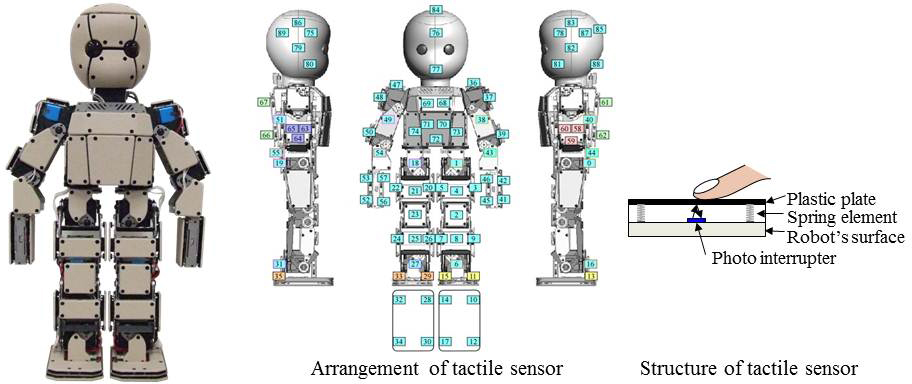
Fig. 4 The developed baby robot M3-Neony
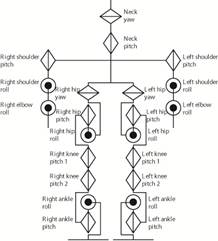
Fig. 5 The kinematic structure of M3-Neony
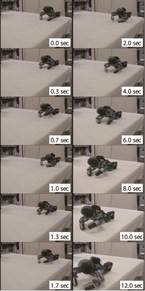
Fig. 6 Crawling motion and turn over motion executed by M3-Neony
In order to simulate various interpersonal interactions, a robot’s interactivity (such as child-like appearance and facial expressions) as well as its perception and motor capabilities is required to elicit other person’s interactive behaviors. M3-Kindy (figure 7) is an interpersonal interaction oriented platform, which has child-size body and capabilities of various bodily and facial expressions to enhance the robot’s interactivity. It is about 110cm high, that is, a preschool child-size (the average height for a 5 year-old Japanese male.) and easy to interact with adult persons. It has forty-two DoFs (servomotors) on the entire body (figure 8 ) and can produce various gestural and facial expressions, especially social referencing behaviors to elicit other’s interaction (figure 9). It is a self-standing robot that has two cameras (30M pixels) and two microphone on the head, 109 tactile sensors on the entire body, a posture sensor and two PCs (Core2Duo T5600 1.83GHz CPU, 2GB RAM) in the trunk as well as M3-Neony. The powerful servomotors (max. torque 327 kgfcm) enables its dynamic whole-body movements such as turning over, crawling, and walking (figure 10).
Fig. 7 The developed child robot M3-Kindy
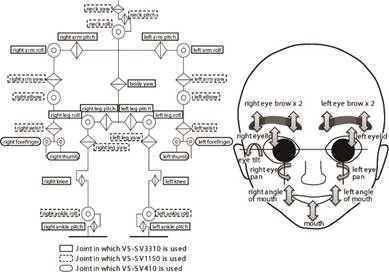
Fig. 8 The kinematic structure of M3-Kindy
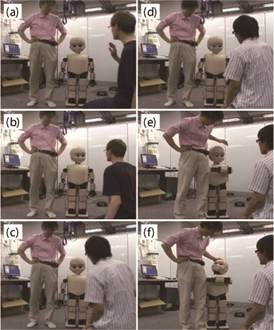
Fig. 9 A example of interactive scene with M3-Kindy and persons. (a)
M3-Kindy is with a person on its side (assumed to be M3-Kindy’s parent). A
friend of M3-Kindy comes. (b) M3-Kindy smiles at the friend. (c) A stranger
to M3-Kindy comes. (d) M3-Kindy is shy of the stranger and make shyly
face. (e),(f) M3-Kindy steps back and hold on the parent, and anxiously
looks up into the parent’s face (a referencing behavior).
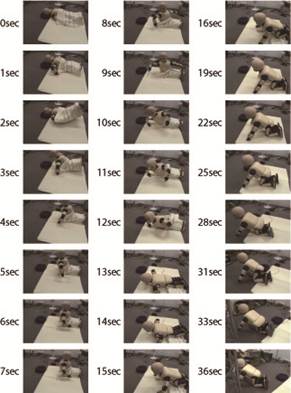
Fig. 10 Crawling motion and turn over motion executed by M3-Kindy
In order to study the social developmental process, social interactions involving synchronous behaviors (e.g., nodding at each other and eye contact) among multiple robots and persons need to be realized. M3-Synchy (figure 11) is a social interaction oriented platform, where its synchrony is carefully designed. It has minimum set of capabilities to produce verbal and nonverbal communication with people and other robots. It has two motor-driven wheels for locomotion, fifteen servomotors on the upper body to generate bodily gestures, nodding, eye contact etc. (figure 12) though its body is small (approx. 30cm, 2.3 Kg). It is easy to set up a group of the robots in any places thanks to its high portability and the small body. It is also easy to make a communication scene among multiple robots and persons without interrupting the person-to-person interaction as shown in figure 13. A CCD camera (33M pixels) with a wide converted lens (view angle is about 100 deg) is mounted in its forehead and two microphones are mounted in the ears. The wide view field is to detect faces not only of its interlocutor but also of bystanders in various situation. The appearance is designed so that humans can more sensitively perceive its gaze direction. Practically, larger eyeballs and larger pupil than ones resembling human proportion are adopted to enhance its acceptability by humans. It has two monaural speakers in its chest. For more impressive expression of its internal state like emotion, fifteen red light emitting diodes (LEDs) are distributed.

Fig. 11 The developed socially interactive robot M3-Synchy
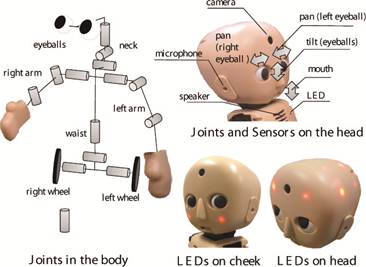
Fig. 12 The kinematic structure, sensors, and output devices of M3-Synchy
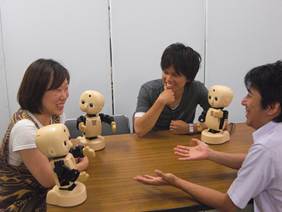
Fig. 13 Interaction among three persons and three robots
The maintainability of `M3 series’ is improved by adopting commercial products (designed for easy use) of servomotors and control boards. This fact also provides a user-friendly system, that is, it is easy for non-engineering researchers to develop robot motions. These robots can be standard research platforms for cognitive developmental studies.
